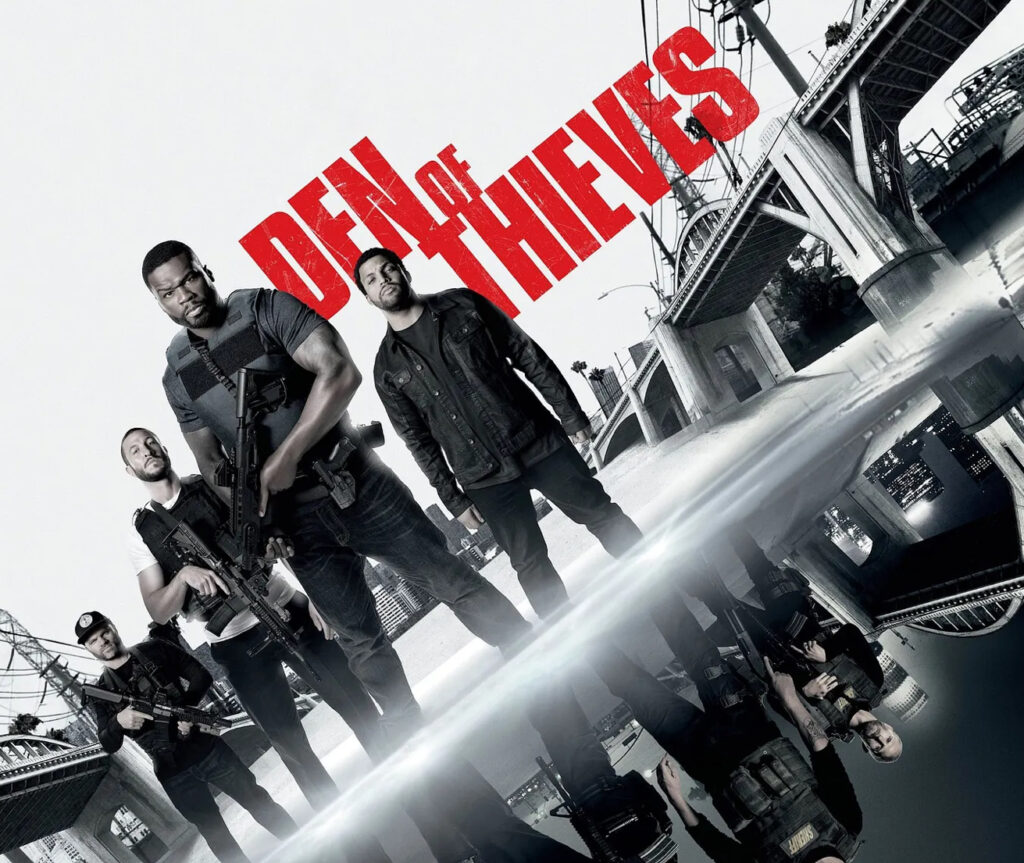
The heist film, a subgenre of crime cinema, has long captivated audiences with its intricate plots, morally ambiguous characters, and high-stakes drama. At its core, the allure of the heist lies in its ability to blur the lines between right and wrong, presenting protagonists who are both criminals and heroes. This duality challenges traditional notions of morality, reflecting the complexities of modern society and our evolving understanding of ethics.
The Moral Ambiguity of the Heist
Heist films thrive on moral ambiguity, creating a space where characters who engage in illegal activities are often portrayed as sympathetic, even admirable. Unlike other criminals, such as rapists or muggers, heist masterminds are frequently depicted as intelligent, resourceful, and charismatic. Their crimes are not acts of random violence but carefully orchestrated operations that require planning, teamwork, and precision. These qualities, which are typically associated with virtuous behavior, make it difficult for audiences to fully condemn the characters, even as they root for their success.
This tension between admiration and condemnation is a hallmark of the heist genre. Films like *Ocean’s Eleven* (2001) and *The Italian Job* (2003) feature protagonists who are undeniably engaging, despite their criminal activities. Their charm, wit, and ingenuity make them likable, while their motives—often framed as revenge, justice, or survival—add layers of complexity to their actions. This moral gray area allows audiences to question their own ethical boundaries and consider the circumstances under which breaking the law might be justified.
The Virtues of the Heist Mastermind
One of the key reasons heist films resonate with audiences is the emphasis on virtues that are universally admired. The planning and execution of a heist require qualities such as intelligence, discipline, courage, and teamwork—traits that are often celebrated in other contexts, such as business, sports, or military endeavors. By showcasing these virtues in the context of a crime, heist films challenge the notion that morality is black and white.
For example, in “The Thomas Crown Affair” (1999), the titular character is a wealthy businessman who orchestrates art heists not for financial gain but for the thrill of outsmarting the system. His intelligence and daring make him a compelling figure, even as he flouts the law. Similarly, in “Hea” (1995), the characters played by Robert De Niro and Al Pacino are portrayed as disciplined and professional, earning a grudging respect from both the audience and the law enforcement officers pursuing them.
These portrayals highlight the idea that morality is not always tied to legality. A character can exhibit admirable qualities while engaging in illegal activities, forcing audiences to reconcile their appreciation for these virtues with their desire for justice.
The Evolution of the Crime Film
The portrayal of crime in Hollywood has evolved significantly over the years, reflecting broader cultural shifts in attitudes toward morality and justice. In the early days of cinema, crime films often adhered to a strict moral code, with criminals inevitably facing punishment for their actions. This was particularly evident in the gangster films of the1930s, such as “Scarface” (1932) and “The Public Enemy” (1931), where the protagonists’ downfall served as a cautionary tale.
However, as societal norms began to change, so too did the depiction of crime on screen. The rise of film noir in the 1940s and 1950s introduced a more nuanced approach to morality, with morally ambiguous characters and complex narratives. By the 1960s and 1970s, films like “Bonnie and Clyde” (1967) and “The Godfather” (1972) further blurred the lines between hero and villain, presenting criminals as sympathetic figures whose actions were shaped by their circumstances.
This shift reached its peak in the heist films of the late 20th and early 21st centuries, where the traditional narrative of crime and punishment was often subverted. In films like “The Usual Suspects” (1995) and “Inside Man” (2006), the criminals frequently escape justice, leaving audiences to grapple with the implications of their actions. This evolution reflects a broader cultural acceptance of moral ambiguity and a recognition that the world is not always divided into clear-cut categories of good and evil.
The Heist as a Reflection of Society Heist films are not just entertaining; they also serve as a mirror to society, reflecting our changing attitudes toward morality, justice, and authority. In a world where institutions are increasingly viewed with skepticism, the figure of the heist mastermind—who outsmarts the system and takes what they believe they deserve—resonates with audiences on a deeper level.
For example, the2008 financial crisis and subsequent Occupy Wall Street movement brought issues of economic inequality and corporate greed to the forefront of public consciousness. In this context, films like “The Bank Job” (2008) and “Tower Heist” (2011) took on a new significance, with their protagonists targeting corrupt institutions and redistributing wealth in a way that felt almost Robin Hood-esque. These narratives tapped into a collective desire for justice and retribution, even if it meant breaking the law.
Similarly, the rise of technology and the increasing complexity of modern life have made the heist genre more relevant than ever. Films like “Inception” (2010) and “Now You See Me” (2013) feature heists that are not just about stealing money or valuables but about manipulating perception, information, and reality itself. These stories reflect our anxieties about a world where truth is increasingly elusive and where those in power often operate beyond the reach of traditional forms of justice.
The Enduring Appeal of the Heist
At its heart, the appeal of the heist lies in its ability to tap into our deepest desires and fears. On one level, heist films offer a fantasy of empowerment, allowing audiences to live vicariously through characters who take control of their destinies and achieve the impossible. On another level, they challenge us to confront uncomfortable truths about morality, justice, and the systems that govern our lives.
The heist genre also thrives on its ability to surprise and subvert expectations. Whether it’s a twist ending, a clever plan, or a character’s unexpected redemption, heist films keep audiences on the edge of their seats, constantly questioning what they think they know. This element of unpredictability mirrors the complexities of real life, where right and wrong are rarely clear-cut.
The heist film is more than just a form of entertainment; it is a lens through which we can examine our own values, beliefs, and assumptions. By presenting characters who embody both admirable virtues and morally questionable actions, heist films challenge us to think critically about the nature of morality and justice. In doing so, they reflect the shifting ethos of our time, where the lines between right and wrong are increasingly blurred.As society continues to evolve, so too will the heist genre, offering new perspectives on the timeless themes of crime, punishment, and redemption. Whether we see the heist mastermind as a hero, a villain, or something in between, one thing is certain: the allure of the heist will continue to captivate and challenge us for generations to come.
No comments yet.








